
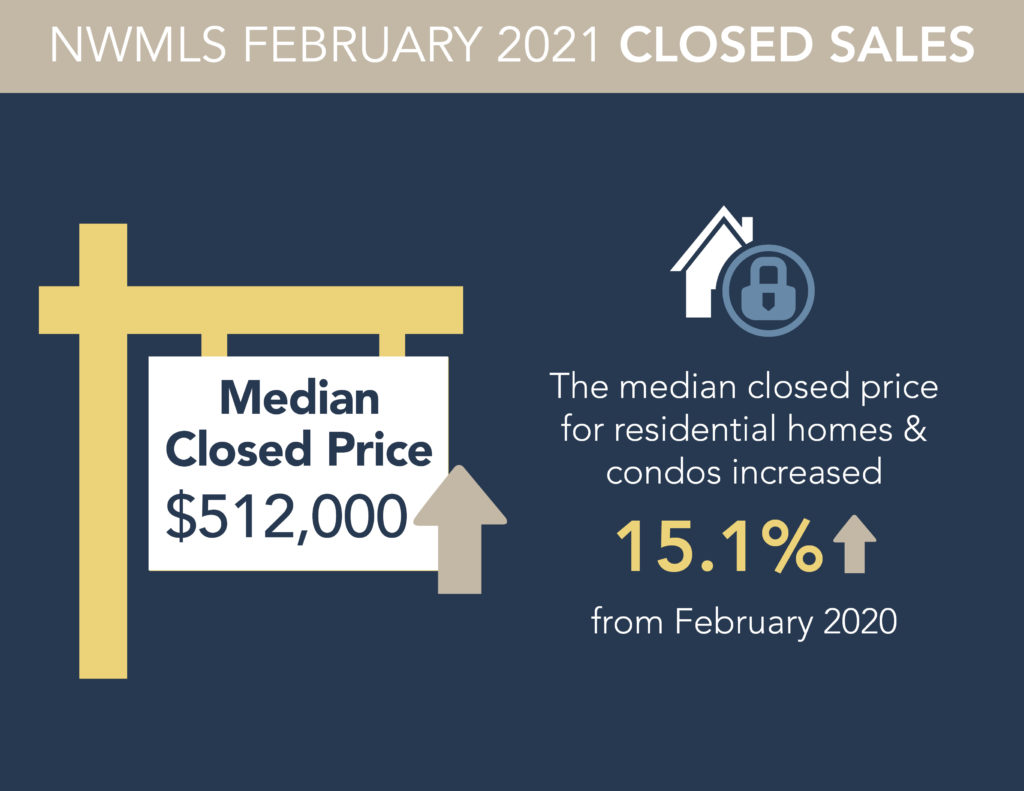
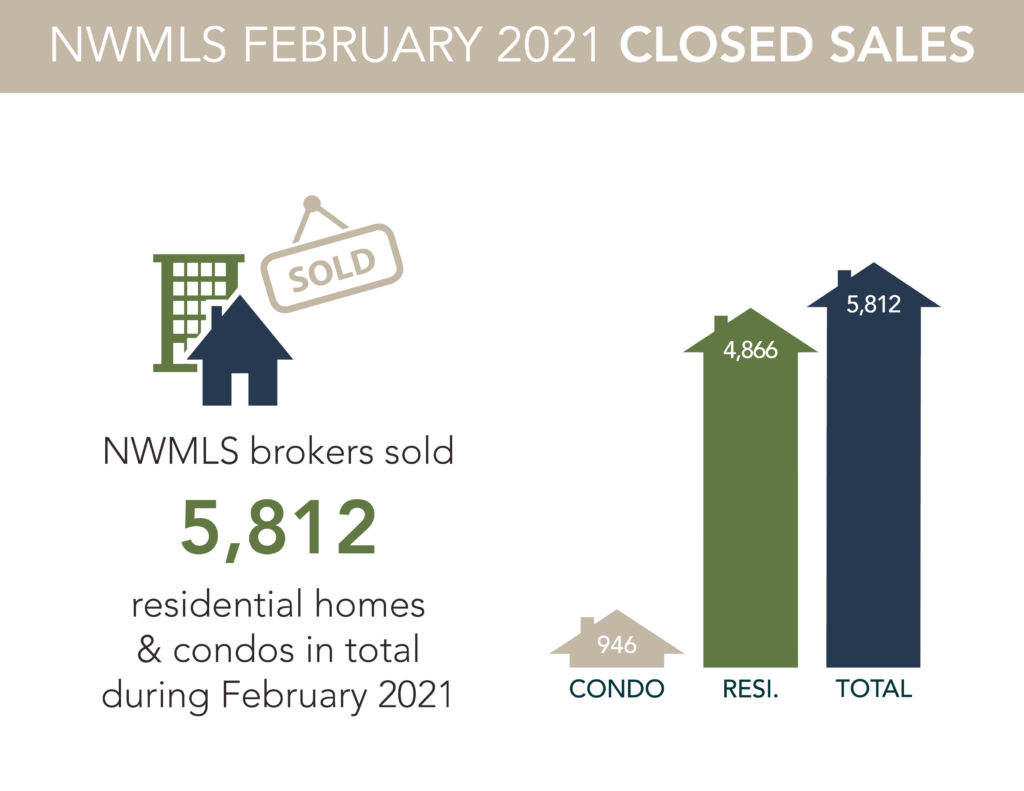
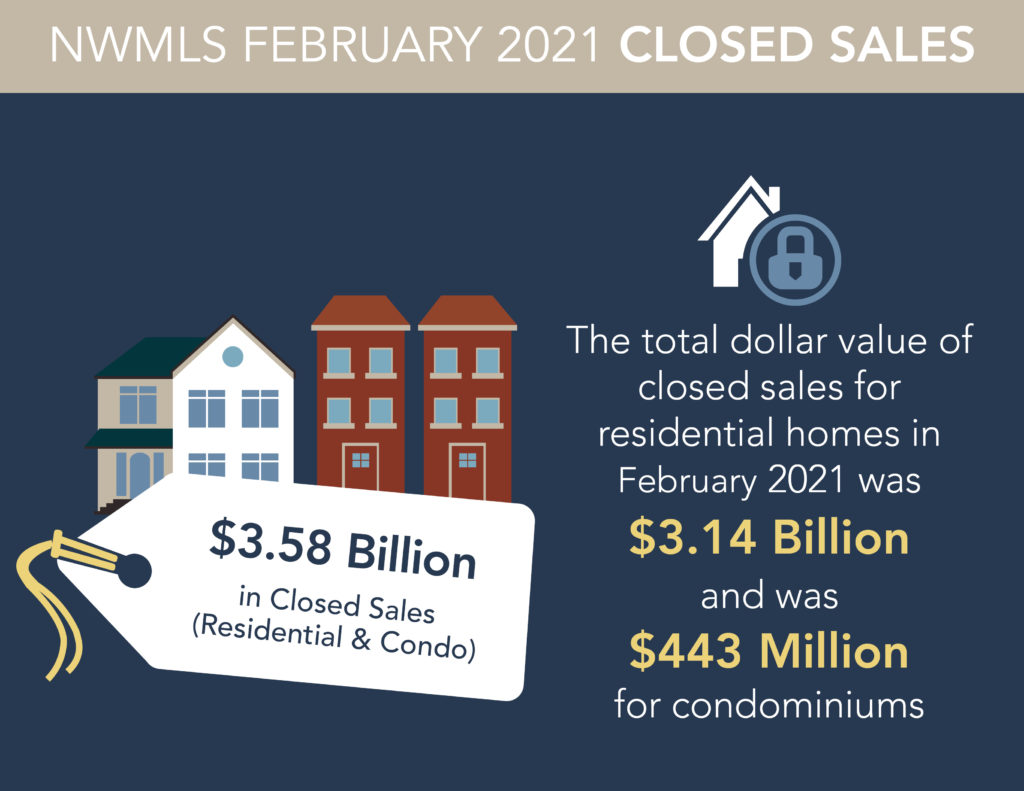
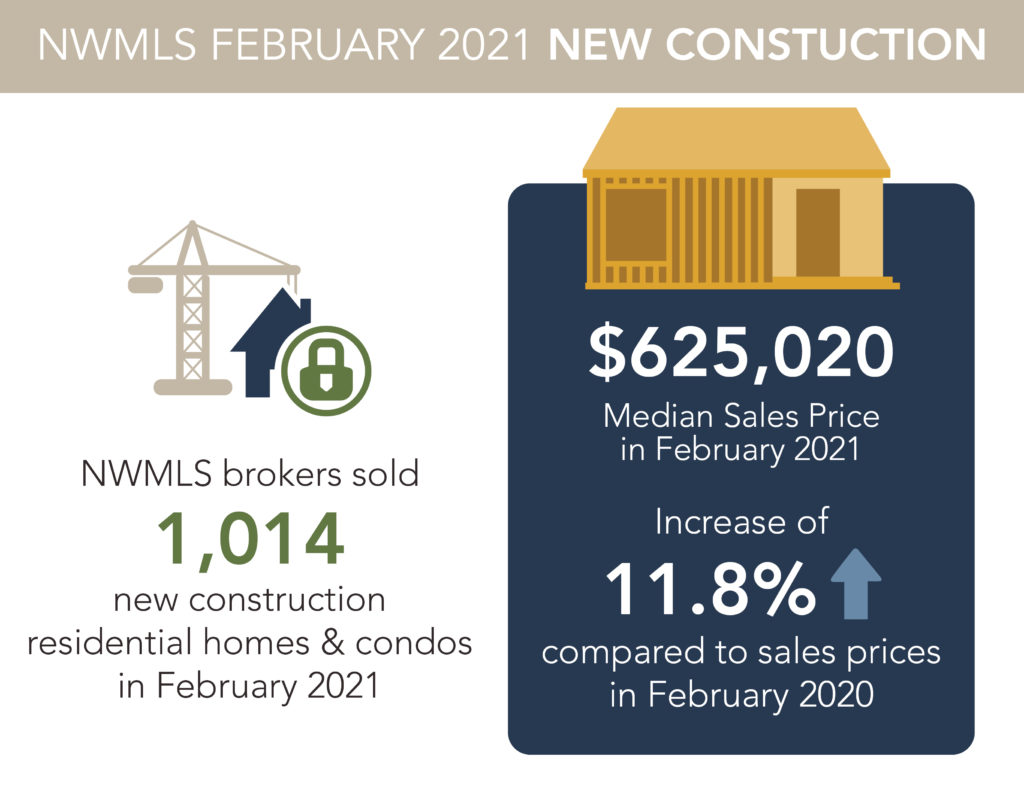
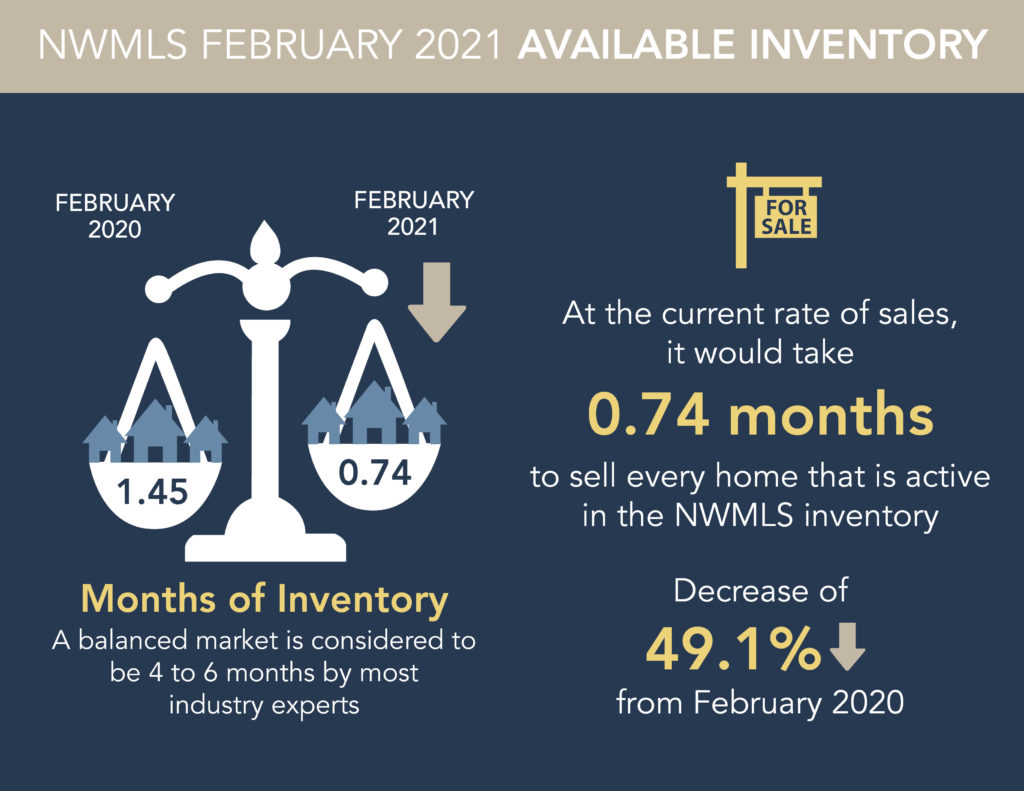
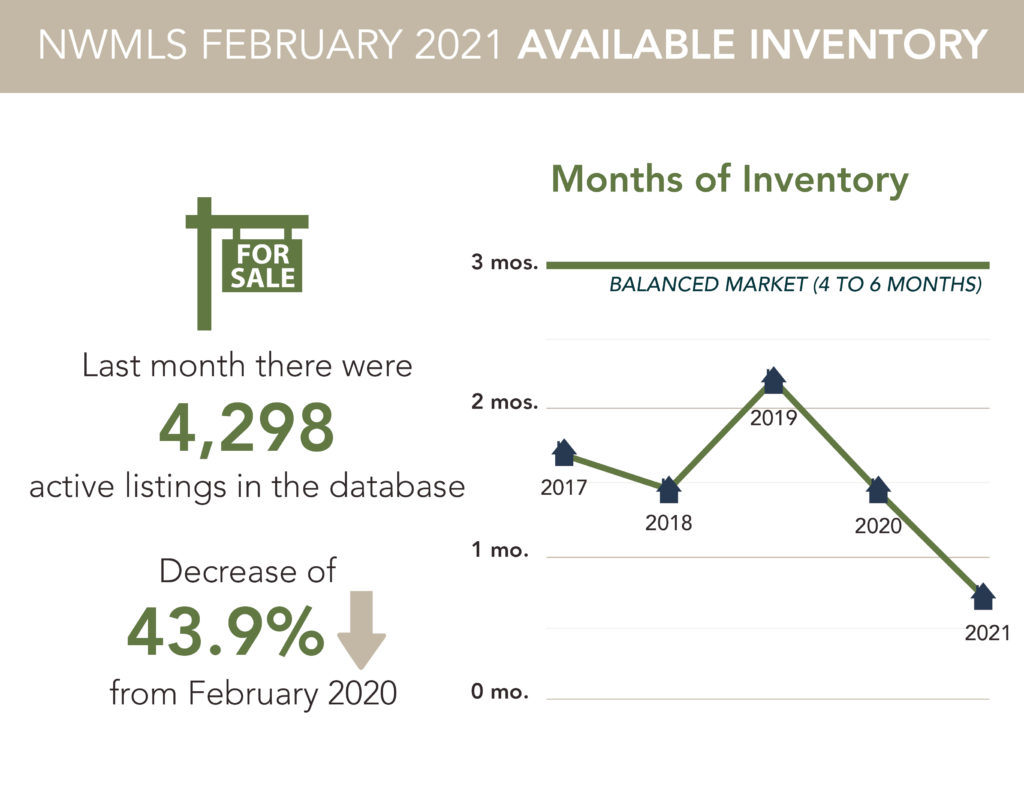
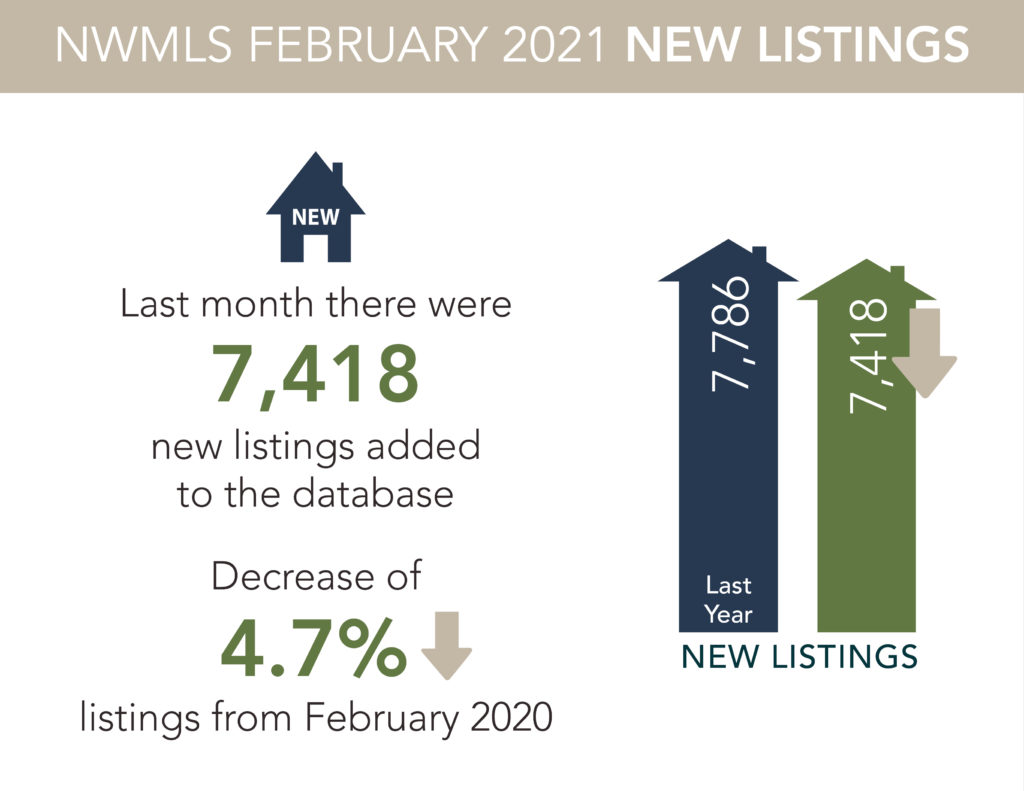
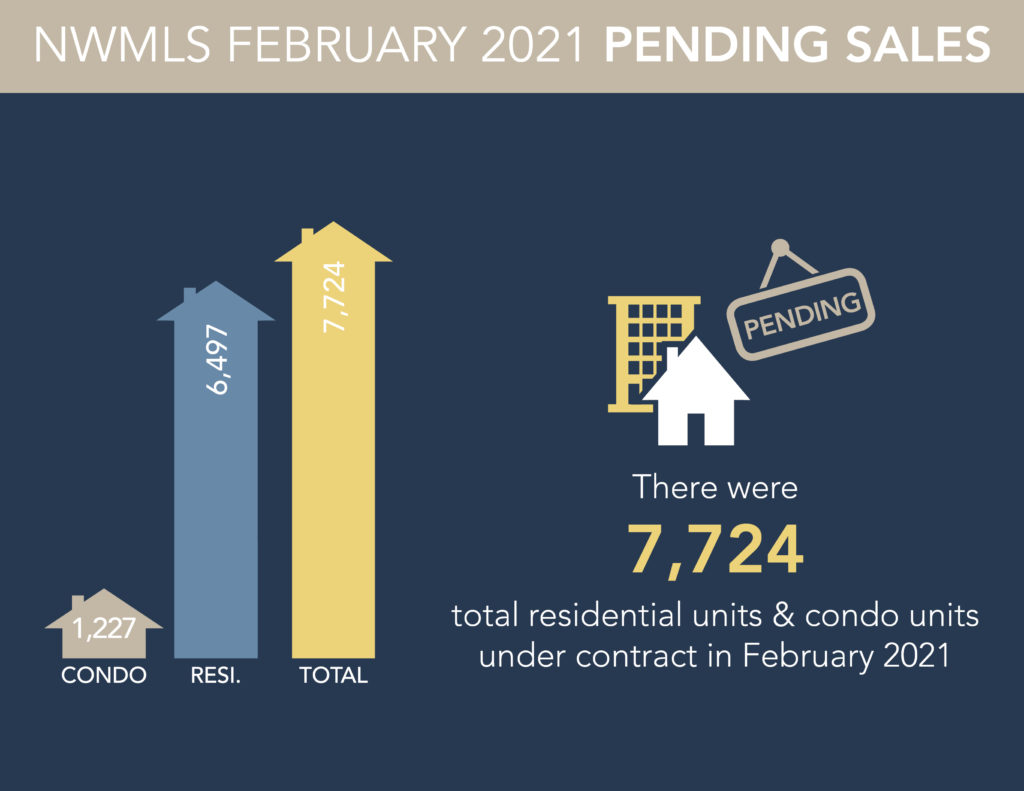
Emmanuel Fonte | Music | Art | Leadership
If music be the food of love, play on. Emmanuel Fonte website is about music, art, real estate, architecture, design and decor. Occasionally, I talk about my other passion, hockey.
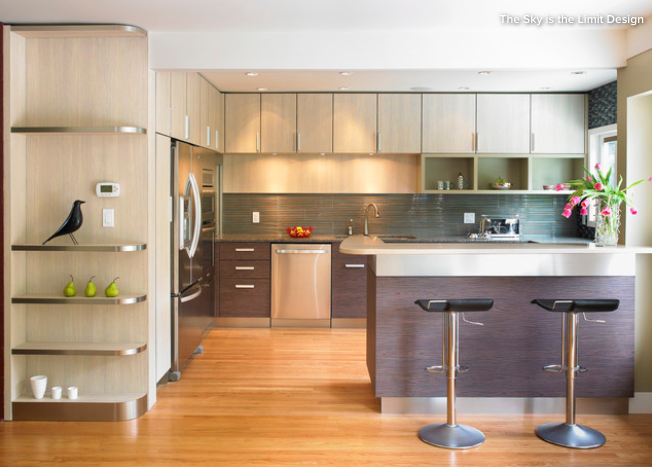
Maybe you’ve found the house you want to grow old in. Perhaps you foresee your elderly parents moving in with you one day. Or maybe you require wheelchair accessibility. When you’re designing a kitchen with these needs in mind, the following 10 tips will help make it safer and easier to navigate.
LinkedIn has published a new, 17-page pocket guide on effective B2B creative, which highlights some of the key elements to consider when putting together your campaigns, in order to create ‘thumb-stopping’ moments.
“The ‘thumb stopper’ refers to a piece of content on the feed so eye-catching, attention-grabbing, and intriguing that it causes a user to stop scrolling and take notice. There’s no surefire formula for creating thumb-stopping content. Powerful creative is what makes the magic happen, and it can only come from talented marketers and creators possessing a keen understanding of their audiences.”
As explained by LinkedIn:

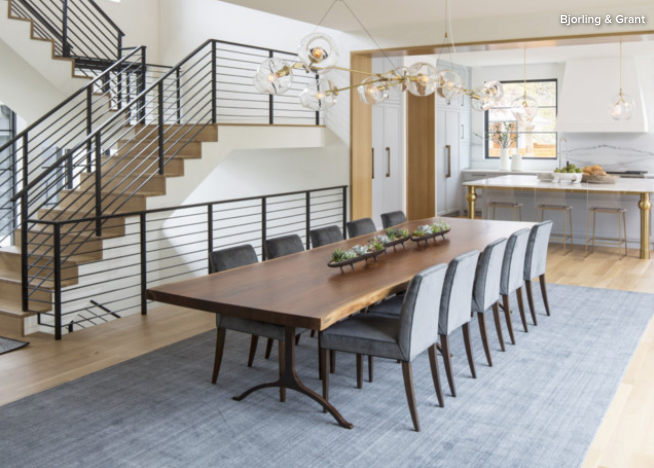
No matter the size of your home, it’s important to make room not just for your furnishings, but also for sufficient circulation space in which to move around and enjoy your home properly. I’ve put together some of the most common rules for how much negative space you need, along with suggestions for how to handle tricky scenarios where there just isn’t enough space. After all, sometimes you have to bend the rules a little.
Copyright © 2016-2024All Rights Reserved
Powered by Wordpress Web Design on the Genesis Framework